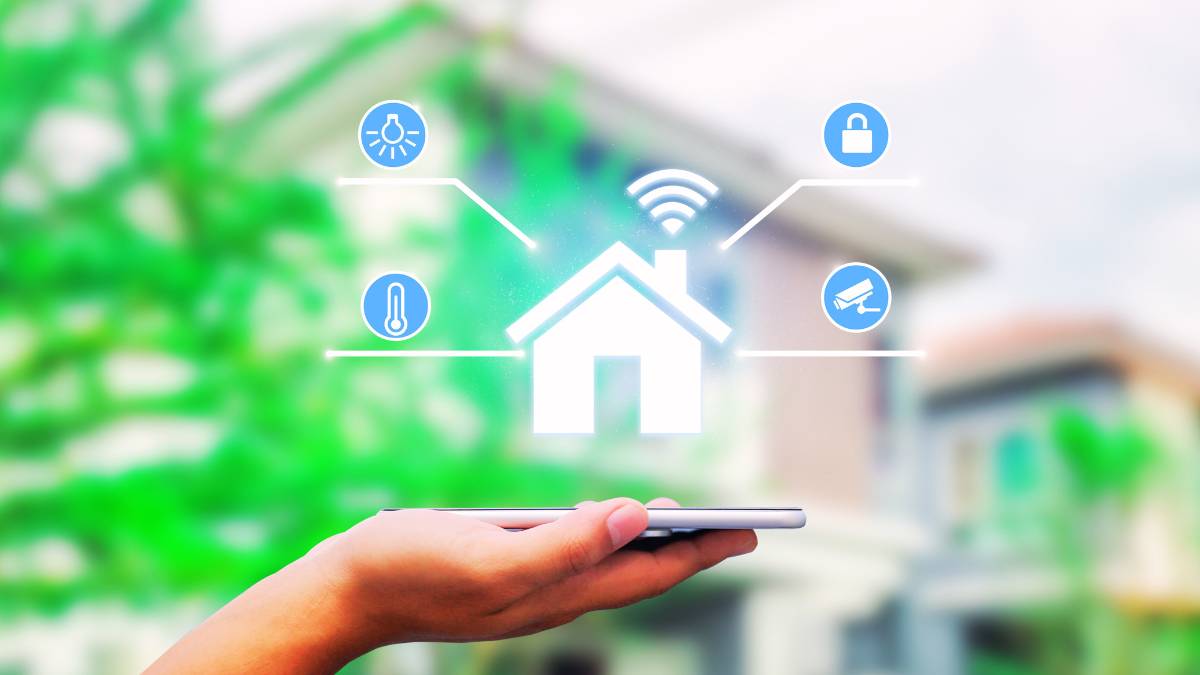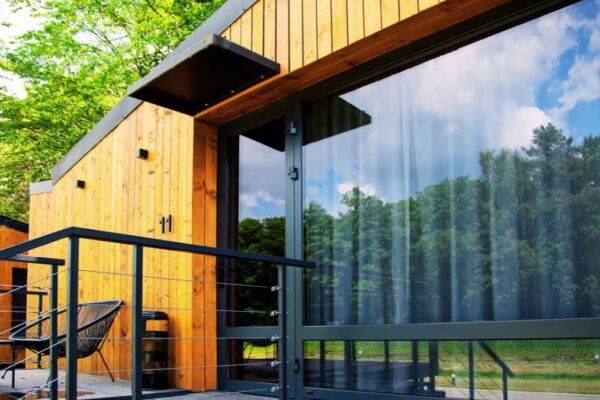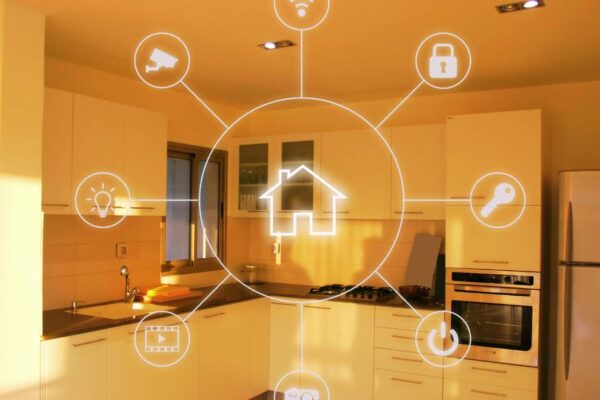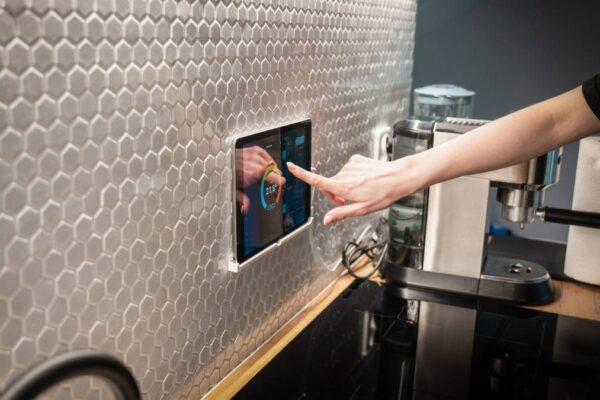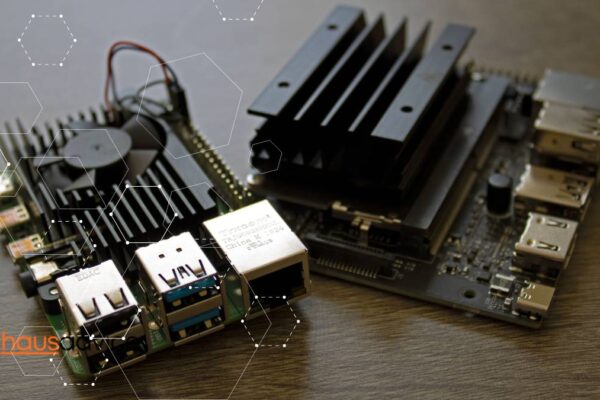Smart home technology is rapidly transforming the way we interact with our living spaces. From smart thermostats and lighting to security systems and voice assistants, these technologies promise enhanced convenience, efficiency, and security. However, despite its growing popularity, several misconceptions persist. This article aims to debunk some of the most common misconceptions about smart home technology.
- Accessibility: Smart home technology is designed to be user-friendly and affordable, not just for the tech-savvy or wealthy.
- Security: Modern smart devices include robust security features, with users able to enhance safety through best practices.
- Compatibility: Not all smart devices are universally compatible; checking for ecosystem compatibility is crucial.
- Longevity and Benefits: Smart homes offer enduring benefits beyond convenience, including enhanced security, energy efficiency, and accessibility.
8 Common Misconceptions About Smart Home Technology
Smart Homes Are Only for the Tech-Savvy
One prevalent misconception is that smart home technology is exclusively for tech enthusiasts. In reality, smart home devices are designed with user-friendliness in mind. Many products come with straightforward installation processes and intuitive interfaces. For instance, smart speakers and voice assistants like Amazon Alexa or Google Home can be set up in a matter of minutes with guided instructions through their respective apps. Additionally, many devices are designed to integrate seamlessly with existing home networks, requiring minimal technical knowledge.
Smart Home Technology Is Too Expensive
While it’s true that some high-end smart home systems can be costly, there is a wide range of products available at different price points. Entry-level devices such as kasa smart plugs, bulbs, and basic security cameras can be quite affordable. Moreover, the market is competitive, driving prices down over time. It’s also important to consider the long-term savings that smart devices can provide. For example, smart thermostats can significantly reduce energy bills by optimizing heating and cooling schedules based on your habits and preferences.
Smart Devices Are Not Secure
Security concerns are a significant barrier for many when considering smart home technology. While no system is entirely immune to cyber threats, smart home devices have robust security protocols to protect user data. Manufacturers continually update firmware to address vulnerabilities, and many devices offer features like two-factor authentication and encryption. Users can further enhance security by following best practices, such as regularly updating passwords and firmware, and ensuring that their home Wi-Fi network is secure.
Smart Homes Are Incompatible with Older Homes
There’s a common belief that smart home technology is only suitable for new, modern homes. However, smart devices are designed to be retrofitted into existing homes without extensive modifications. For example, smart light bulbs can be installed in traditional sockets, and smart plugs can be used with any standard outlet. Wireless technology eliminates the need for extensive wiring, making it possible to upgrade any home, regardless of age or design, with smart capabilities.
All Smart Devices Are Compatible with Each Other
Another misconception is that all smart devices can seamlessly communicate and work together. In reality, compatibility can be an issue, especially when devices are from different manufacturers. While ecosystems like Apple’s HomeKit, Google Home, and Amazon Alexa aim to integrate various devices, not all products support all ecosystems. Consumers should verify compatibility before purchasing devices to ensure they work harmoniously within their existing setup.
Smart Home Technology Is a Passing Fad
Some people view smart home technology as a trend that will eventually fade. However, the integration of technology into everyday living spaces is part of a broader trend toward automation and connectivity that shows no signs of slowing down. Innovations in smart home tech are continually emerging, driven by advancements in AI, machine learning, and the Internet of Things (IoT). These technologies are becoming more ingrained in our daily lives, suggesting that smart homes are here to stay.
Smart Homes Are Difficult to Maintain
There is a misconception that smart homes require constant maintenance and troubleshooting. On the contrary, many smart devices are designed for minimal maintenance. Automatic updates keep software current without user intervention, and cloud-based systems can remotely diagnose and resolve issues. Furthermore, many smart home devices come with warranties and customer support to assist with any problems that may arise.
Smart Homes Are Only About Convenience
While convenience is a significant benefit, smart home technology offers much more. Enhanced security, energy efficiency, and accessibility are key advantages. Smart security systems provide real-time monitoring and alerts, which can deter intruders and provide peace of mind. Energy management features like smart thermostats and lighting reduce consumption and lower utility bills. Additionally, smart home technologies can greatly benefit individuals with disabilities or the elderly by providing greater independence through automation and voice control.
Final Words
Smart home technology is a dynamic and evolving field with the potential to revolutionize our living spaces. By debunking these common misconceptions, we can better understand the true capabilities and benefits of smart homes. Whether you’re looking for enhanced security, greater convenience, or improved energy efficiency, there is a smart home solution that can meet your needs. Embracing this technology can lead to a more connected, efficient, and enjoyable home environment.
